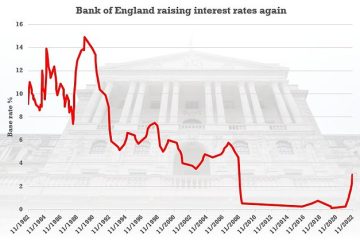The Importance of Long Shots in Film and Photography

Introduction
Long shots—often referred to as long takes or wide shots—are a crucial aspect of filmmaking and photography that serve to establish context, emotion, and narrative depth. Understanding the value of long shots allows filmmakers and photographers to effectively convey their subject matter while crafting visual storytelling that resonates with audiences. In recent years, there has been a resurgence in the use of long shots in both cinema and media, allowing for immersive experiences that draw viewers deeper into the narrative.
Defining Long Shots
A long shot frames subjects from a significant distance, capturing both the person or object and the surrounding environment. This technique is essential for providing context to scenes, allowing the audience to understand the spatial relationships and dynamics at play. Long shots are commonly used in establishing scenes, showcasing landscapes, or conveying the scale of an event.
Recent Trends in Filmmaking
Recently, filmmakers have embraced long shots as a powerful storytelling device. Movies like ‘1917’ employ continuous long takes to create a sense of real-time experience, drawing viewers directly into the action. This innovative approach enhances immersion, as it allows audiences to follow characters on their journey without disruptive cuts.
Furthermore, television series have adopted long shots in their cinematography to enhance character development. For example, the critically acclaimed series ‘The Crown’ frequently employs long shots to showcase the royal family’s complex relationships against the backdrop of British history.
The Role of Long Shots in Photography
In photography, long shots can effectively capture the essence of a moment by placing individuals within their environment. This technique is particularly useful in landscape photography, where the subject can be complemented by the surrounding scenery. Long shots contribute to a narrative by providing a sense of scale and perspective, allowing viewers to engage with the image more profoundly.
Conclusion
Long shots remain a pivotal element in both film and photography, enhancing storytelling and visual engagement. As filmmakers and photographers continue to experiment with this technique, audiences can look forward to richer narratives and more dynamic visual experiences. Embracing the long shot can open new avenues for artistic expression, proving that sometimes, stepping back is the best way to capture the full story.









